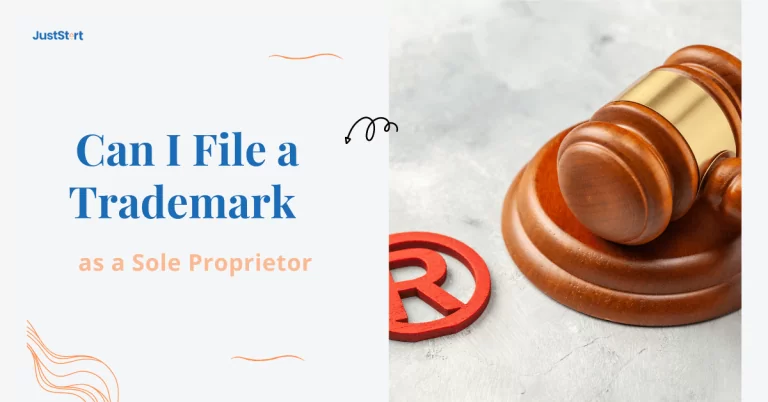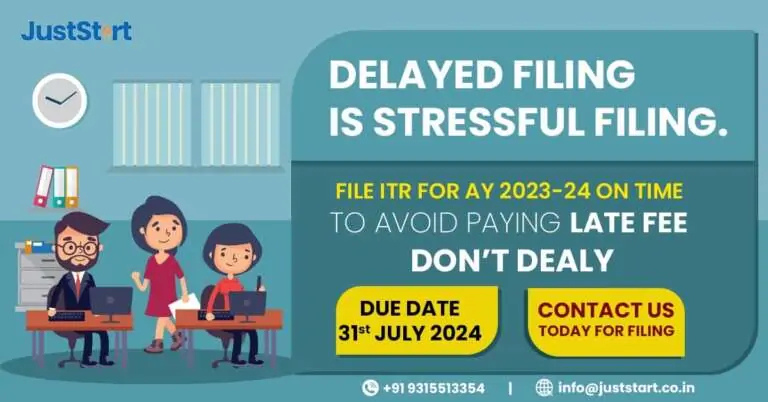If you’re thinking about closing your business, then you need to go through the company strike off process. This process is necessary to ensure that all legal obligations are fulfilled, and the business is removed from the official register. In this article, we’ll discuss the steps you need to take to successfully strike off your company.
Table of Contents
ToggleWhat is Company Strike Off?
Company Strike Off is the process of removing a business from the official register. This process is initiated by the company itself or by the Registrar of Companies if the business has failed to comply with certain legal obligations.
Two ways of strike off company:
- A company can itself as voluntary strikking off
- The Registrar of Companies can do it.
When Should You Strike Off Your Company?
You should consider striking off your company if:
- You’re no longer trading or have stopped all business activities
- The directors or shareholders have decided to close the company
Company Strike-Off/Closure Fast-Track Process: A Basic Concept
Types of the company can get struck under the scheme
- Public Limited Company
- Private Limited Company
- Under section 8
- One person Company
Note: A company can apply to have it removed from the register if it is no longer active.
Step-by-Step Guide to Company Strike Off
We will provide you with a step-by-step guide to the company strike off process, so you can ensure that your company is properly and legally closed.
Step 1: Check if Your Company is Eligible for Strike Off
The first step in the company strike off process is to check if your company is eligible for strike off. To be eligible, your company must meet the following criteria:
- There is no business operations in the company since incorporation and one year has passed.
- The company is not doing any business operations for the past two years and the status of dormant company under section 455 is also not sought..
If your company meets these criteria, you can proceed with the strike off process.
Step 2: Check Company Incorporation Status
Before beginning the strike off process, it’s essential to make sure that your company has been incorporated according to Indian Companies Act 2013 (ICA). This can be done by checking with the Ministry of Corporate Affairs (MCA) website.
Step 3: File Form STK-2 with ROC
Once your company has been verified, you need to file Form STK-2 with the Registrar of Companies (ROC). This form should include details about who can legally act on behalf of the company and any notice fees required by law. You may also need documents such as an affidavit stating that all liabilities have been cleared and testimonies from directors confirming they wish to dissolve the business.
Step 4: Submit Documents & Pay Fees
After filing Form STK-2, submit all applicable documents and requisite fees at the ROC office or via the eForms portal for online submission options.
Step 5: Wait for Approval & Rejection Letters
After submitting relevant documents and fees to the ROC office or via the eForms portal, wait for an approval letter from MCA signifying completion of the process followed by formal notification from ROC.
The company strike off process can be complicated and time-consuming, but it is a necessary step to ensure that your company is appropriately closed and removed from the registar of companies. By following the steps outlined in this guide, you can ensure that your company strike off is completed legally and efficiently.
Company Strike Off Rules
It’s essential to follow the rules and regulations set by the Registrar of Companies when striking off your company. Here are some important rules you need to keep in mind:
- All outstanding debts and obligations must be paid off before starting the strike off process.
- The application for strike off must be made by the company or its directors.
- The majority of shareholders must agree to strike off the company.
- The Registrar of Companies has the power to restore the company to the register if the strike off was done incorrectly.
How long it takes to strike of company name from the register of companies?
The process of striking off a company name from the register of companies usually takes 3-4 months once an application is filed with the Registrar of Companies (ROC) using E-form STK-2. However, if any objections are raised by ROC, this procedure may be delayed or even denied.
What happens after a company is struck off?
After a company is struck off, it no longer exists legally. Any remaining assets, such as money in the company’s bank account, property, or other assets, must be distributed to the shareholders.
What are the implications of striking off a company?
Striking off a company can have various legal and financial implications. For example, if the company has any outstanding debts or liabilities, these will still need to be paid off. Also, any contracts or agreements that the company was party to may need to be terminated or transferred to another entity.
Conclusion
JustStart specializes in helping you to identify and utilize the best solutions for conducting legal business operations. The company strike off process is a necessary step for businesses that are no longer trading or have decided to close down. By following the steps outlined in this blog, you can ensure that the process is done correctly, and all legal obligations are fulfilled.








